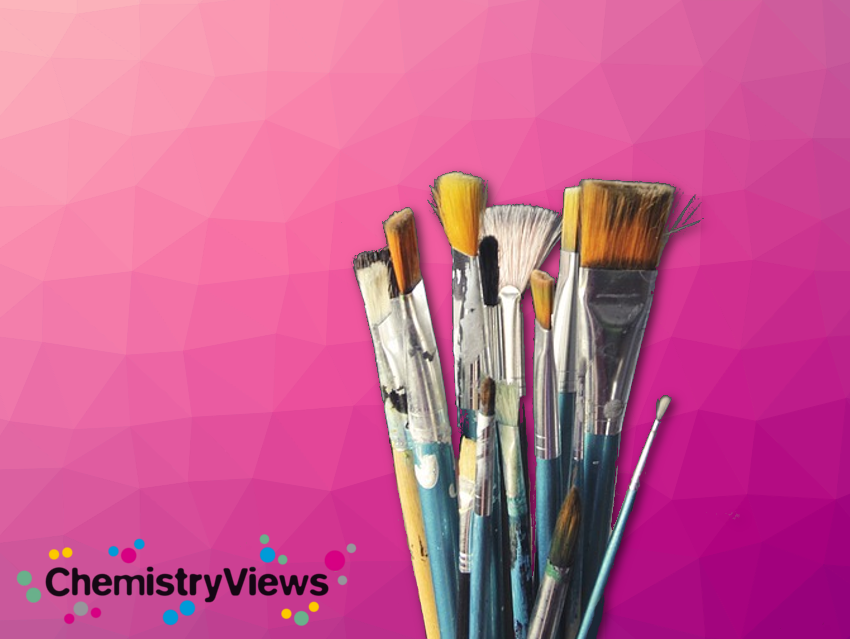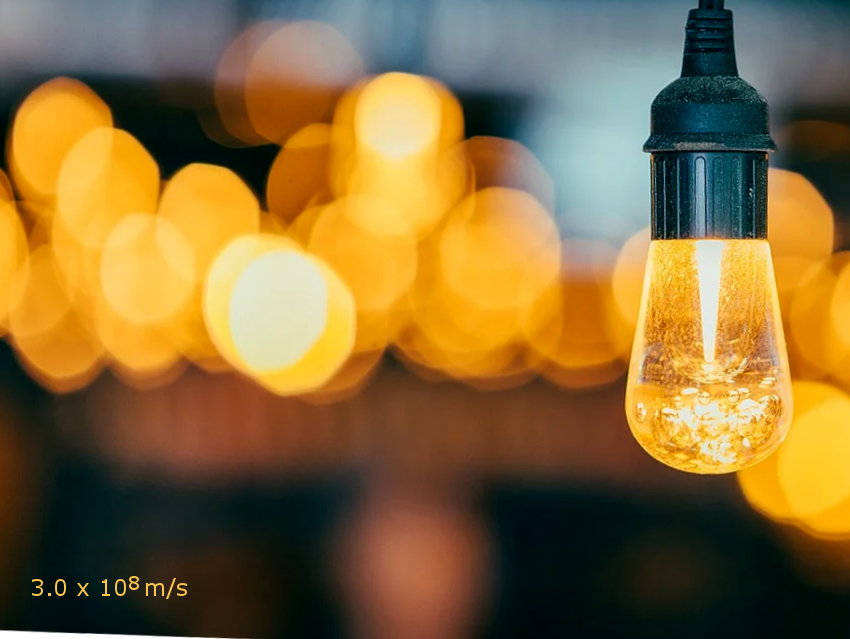Art and science have long been closely linked. One thinks of Leonardo da Vinci, who not only painted the Mona Lisa, but also explored human anatomy, or Maria Sibylla Merian, who founded entomology and became famous with her pictures of plants and butterflies.
Then the mutual understanding for each other cooled down. However, we have been observing for some years now that artists and natural scientists are approaching each other again. Together they are addressing the public to draw attention to problems such as climate change or environmental pollution. Uta Neubauer, freelance science journalist, Bad Soden am Taunus, Germany, describes in an article examples of where art and science communicate in order to jointly stimulate a dialogue on topics of global importance.
For example, she describes the work “Microplastics III/Discofish” from 2016 by the Hamburg artist Swaantje Güntzel, who has been working on the plastic pollution of the oceans for over ten years. The impetus for this work came from a scientific conference lecture on microplastics. Güntzel isolated tiny glitter particles from cosmetic products and applied them to a dead floe.
In the art world, her works initially was met with considerable resistance. She had to defend herself against the accusation that she was not an artist, but an environmental activist and her subjects were considered too strenuous. Recently, however, a strong interest from exhibition houses can be seen. Until November 8, 2020, Güntzel is showing her work in the group exhibition “Zero Waste” at the Museum of Fine Arts in Leipzig, Germany.
On the other hand, however, the artist experiences an “absurd aggressiveness”. She is insulted, spat at, and sees herself exposed to shitstorms in the social media. In view of this, she sometimes wonders who wants to be reached at all. But it can also be good to generate strong reactions. Uta Neubauer ends that the COVID 19 pandemic has pushed climate change and plastic waste out of the headlines. This makes it all the more important, she says, that science and art continue to draw attention to these issues with a united effort.
- Abstrakte Malerei mit Feinstaub,
Uta Neubauer,
Nachrichten aus der Chemie 2020.
https://doi.org/10.1002/nadc.20204099049
Also of Interest
 |
Collection: Chemistry & Art |




